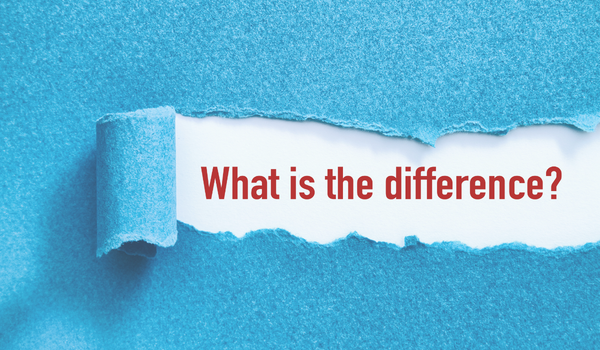What’s the Difference Between CBSV, SSN Trace, and E-Verify?
Identity verification is an important part of a comprehensive background screening process and can streamline hiring and onboarding while granting peace of mind to hiring managers regarding an employee’s identity and/or work eligibility. Due to the rise of identity theft in recent years, many employers are reevaluating how they use social security number verification processes to confirm the identity of applicants, new hires, and existing employees.

Consent-Based Social Security Number Verification (CBSV), SSN trace, and E-Verify services each offer unique identification features that should be closely considered based on the specific needs of your organization. In this article, we’ll outline when you can use each service (pre-hire, post-hire, or anytime), as well as where SSN data is sourced and which circumstances permit a verification request.
CBSV: How It Works
Among the three SSN verification services we’ll cover, Consent-Based Social Security Number Verification (CBSV) grants the most latitude for employers in terms of timeline and circumstances for permissible use. Using CBSV, employers can initiate SSN verification pre-hire or post-hire (effectively at any time) as long as “permissible purpose” is properly noted by the employer and authorized by the applicant or employee.
A CBSV search utilizes government data from the Social Security Administration (SSA) to confirm an individual’s name and DOB with the provided Social Security number. The search will confirm whether the information is accurate/aligned with the Social Security Administration database and offer notification if an SSN is linked to someone already deceased. CBSV searches are particularly useful for confirming the SSN information of younger applicants and employees whose data may not be documented or accessible in an SSN Trace alone.
Although a CBSV search is IRS-compliant and offers greater flexibility in terms of the timeline and circumstances for use, it is more costly than E-Verify and SSN Trace options and requires an employee’s signature on a paper form (potentially slowing processing time). An eCBSV program is currently in development and will permit electronic consent, but for now employers must use Form SSA-89.
Additionally, remember that CBSV searches are not a substitute for identity verification or work eligibility verification (achieved through E-Verify) and can not satisfy Department of Homeland Security requirements for identity/work eligibility verification.
SSN Trace: How It Works
Unlike a CBSV search, a Social Security Number (SSN) Trace searches data from a range of credit bureaus to offer information regarding death index status, names & addresses associated with the submitted SSN, as well as details regarding SSN issuing location and date. This type of search can provide useful information about additional names (maiden name, for example) as well as the range of jurisdictions where an applicant has lived, all of which contributes to a more comprehensive background report. SSN Traces cannot provide authoritative confirmation of the SSN through the SSA or any other government entity.
In terms of timeline and purpose of use, an SSN Trace is only permissible at the pre-hire stage. At times, SSN Trace searches can yield inaccurate information (names associated with an SSN due to a clerical error, for instance). As a result of this and other factors, an SSN Trace search does not fulfill eligibility to work verification requirements.
E-Verify: How It Works
The E-Verify process is used to confirm an individual’s eligibility to work in the United States, and is linked to information provided on Form I-9, which must be completed by the employee. E-Verify is never permissible at the pre-employment stage, but should be completed during the first three days of a new hire’s employment. Once the form is completed, the submitted information (including SSN) is checked for alignment with a wide range of SSA, Homeland Security, and other governmental records. Results are quickly provided to confirm accuracy. If any information is contradictory or inaccurate, E-Verify contacts the submitting employer and provides a Tentative Noncompliance form, which grants the employee the opportunity to resolve the issue within ten days.
E-Verify and I-9s are useful in protecting your organization against Homeland Security noncompliance and audits, including from U.S. Immigrations and Customs Enforcement (ICE). Remember that E-Verify is required for federal contractors and subcontractors, and more than 20 states mandate employer use of E-Verify either for most businesses or among public employers.
Responsible Hiring and Background Screening with The Orsus Group
To prevent fraud, guarantee compliance, and ensure organized hiring and recordkeeping processes, it’s important to develop a social security verification process that keeps your organization protected. We offer identity verification products as part of our comprehensive background screening services to provide you with a more complete picture of the applicants you’re considering for hire. Contact us today to let us know how we can support your organization.